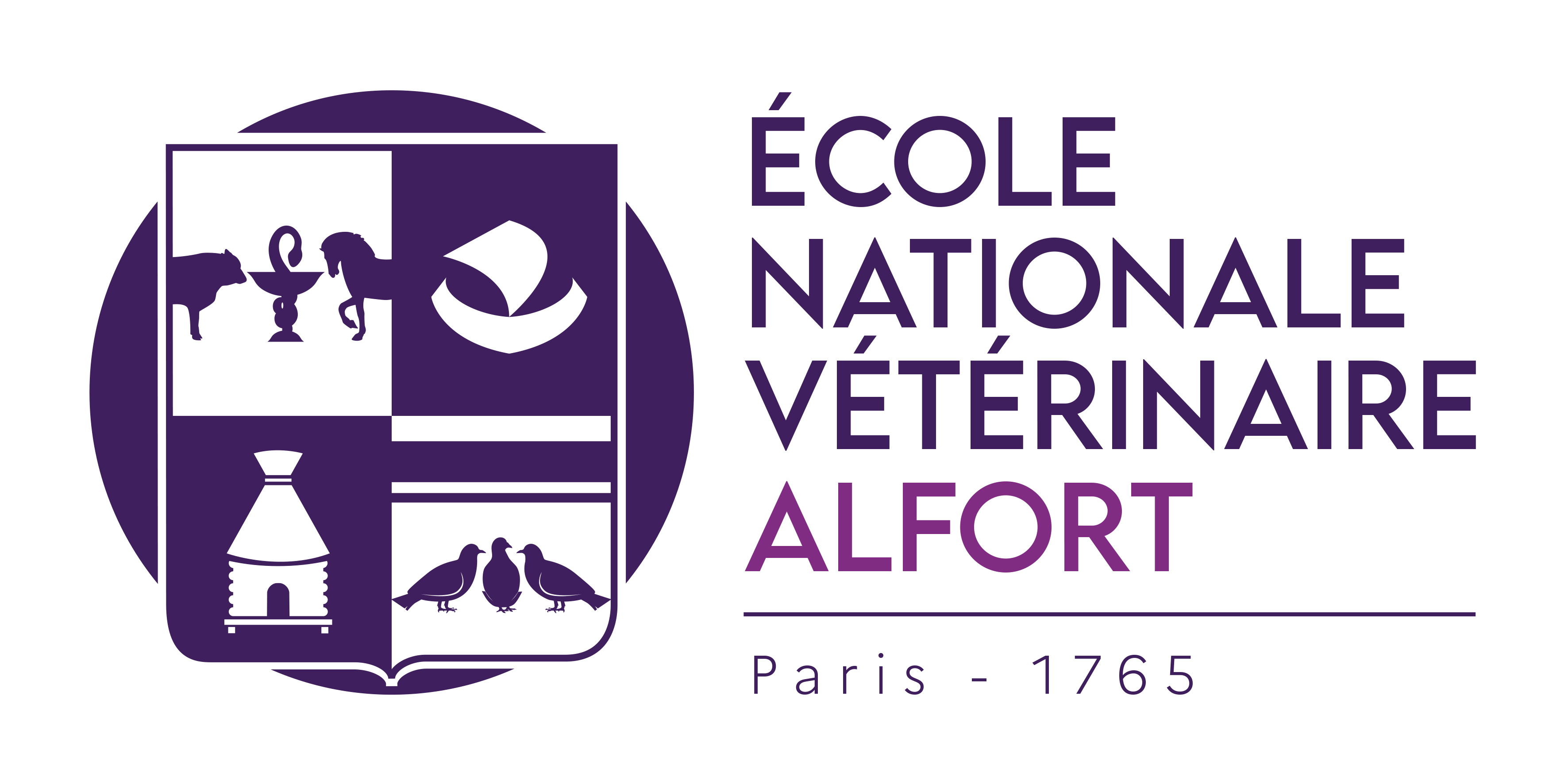Epidemiology of cryptosporidiosis in France and new insights on parasitic viruses - importance of one health approach
Résumé
Cryptosporidium is a unicellular protozoan parasite that infects the gastrointestinal epithelium of hosts including both humans and animals especially livestock. To date, 46 species of the genus Cryptosporidium have been described and more than 120 genotypes have been identified. C. parvum is the most prevalent species due to its ability to infect a large variety of hosts. C. hominis is the predominant species in humans in North America, Australia and Japan, as well as in developing countries, while in the Middle East, New Zealand and Europe, we find significantly equivalent to C. parvum and C. hominis, suggesting that zoonotic transmission is important in countries where livestock farming is extensive. Oocysts are excreted in stools of infected animals. Each oocyst contain four sporozoites which represent the infectious form of the parasite. Large quantities of oocysts are excreted in stools (up to 109 oocysts/g of feces in calves). Transmission occurs by direct (human-human, animal-animal or human-animal) or indirect fecal-oral route (water, food). Depending on the country, cryptosporidiosis may be subject to epidemiological surveillance. In France, cryptosporidiosis is not a notifiable disease but a national reference center was designated by the health authorities from 2017 and now a network of more than 80 human diagnostic laboratories participate and report their cases to the national reference center. Thanks to this data, french human cases are increasingly documented. From 2017 to 2023, the number of human reported cases increased from 151 to 1607 respectively. Cryptosporidiosis occurred predominantly in young children (<5 years old) and in young adults, especially during late summer. Most patients were immunocompetent (80%), and deaths were reported only in immunocompromised patients. Main reported risk factors are water exposure (both consumption and exposition during recreative contact). C. parvum was predominant over C. hominis but the C. hominis IfA12G1 subtype is emerging. C. parvum GP60 subtypes IIa and IId were the most represented suggesting frequent zoonotic transmission. In France, very few outbreaks were reported before 2017, and data obtained by the national reference center have shown that outbreaks are in fact common and frequently underreported. Among outbreaks with identified origins: water was predominant followed by consumption of contaminated food. Such contaminations are strongly linked to environmental contamination in France and the one health approach is essential for a better understanding and prevention of cryptosporidiosis. For outbreak investigations, new tools enable better detection of mix of species or discrimination of stools such as NGS or MLVA analysis. In addition, analysis of potential associations between strains of Cryptosporidium and parasitic viruses could be interesting. Indeed, studies have revealed that Cryptosporidium oocysts contain dsRNA classified in the Partitiviridae family and the Cryspovirus genus. Two recent studies have assessed the frequency of Cryspovirus (CSpV-1) in Cryptosporidium isolates. In Japan, Cryspovirus was detected in all isolates of C. parvum (100%) from calves. In Turkey, the prevalence of CSpV-1 was estimated at 8.8% in C. parvum oocysts from sick calves. However, no study has been carried out in France to look for Cryspovirus in Cryptosporidium isolates. The aim of the study in UMR Bipar was: i) to look for the presence of Cryspovirus in Cryptosporidium in the faeces of ruminants and humans. ii) to characterise Cryspovirus at molecular level in order to use it as an epidemiological tracer of Cryptosporidium in livestock. The data showed for the first time the presence of Cryspovirus in France in humans, calves, lambs and goat kids (prevalence >95%). Phylogenetic analysis showed the existence of several clades. Cryspovirus enabled us to discriminate C. parvum subtypes according to the French departments, suggesting that CSpV1 could be a molecular tool for tracing C. parvum at national level.

